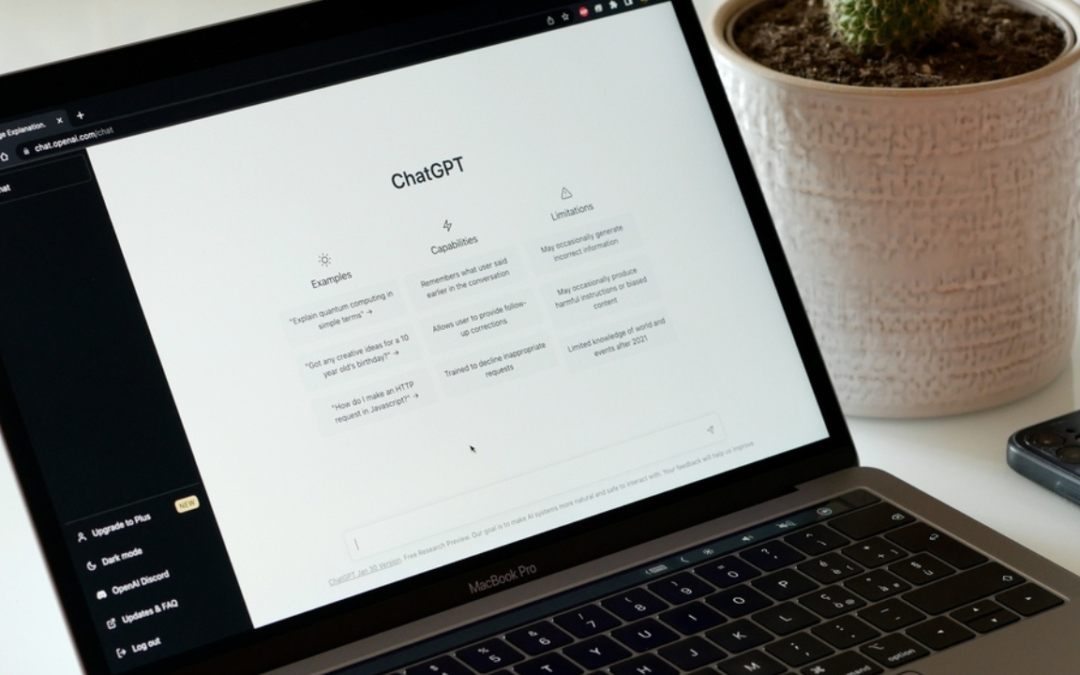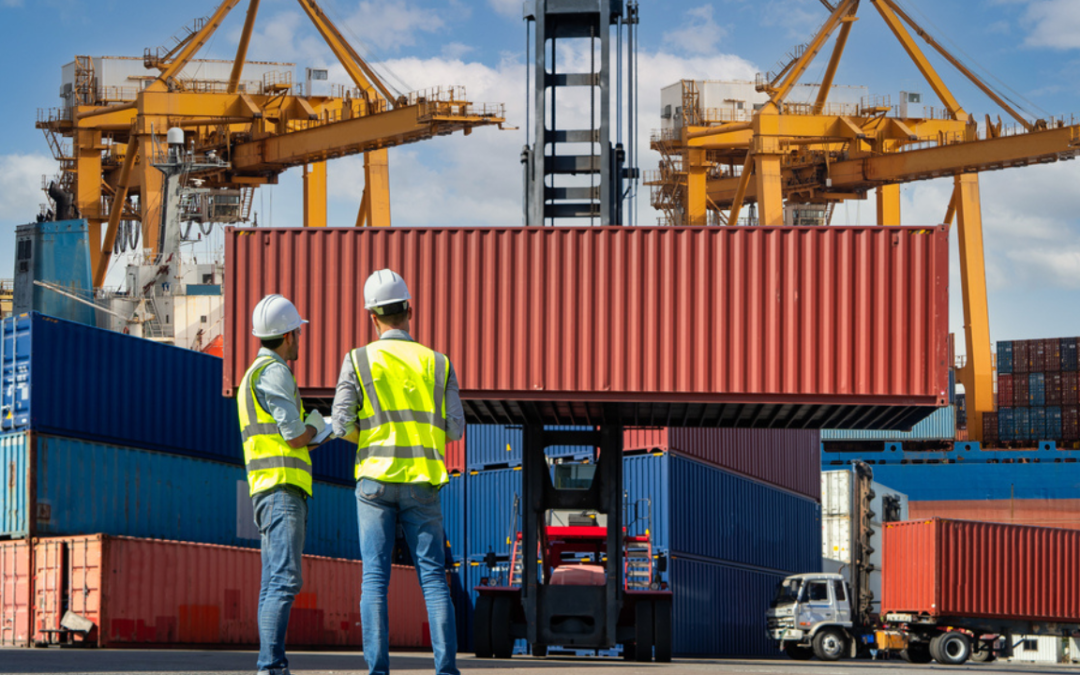Originally published at Project-Syndicate | December 23, 2021
In a pandemic, you can send people all the money in the world and they still won’t go out to dinner or book a flight, especially if those services are suspended by government fiat. A pandemic is like a blizzard: If people get a lot of money when the snow is falling, they will fuel inflation once it has been cleared.
STANFORD – Inflation continues to surge. From its inflection point in February 2021 to last month, the US consumer price index has grown 6% – an 8% annualized rate.
The underlying cause is no mystery. Starting in March 2020, the US government created about $3 trillion of new bank reserves (an equivalent to cash) and sent checks to people and businesses. The Treasury then borrowed another $2 trillion or so and sent even more checks. The total stimulus comes to about 25% of GDP, and to around 30% of the original federal debt. While much of the money went to help people and businesses severely hurt by the pandemic, much of it was also sent regardless of need, intended as stimulus (or “accommodation”) to stoke demand. The goal was to induce people to spend, and that is what they are now doing.
Milton Friedman once said that if you want inflation, you can just drop money from helicopters. That is basically what the US government has done. But this US inflation is ultimately fiscal, not monetary. People do not have an excess of money relative to bonds; rather, people have extra savings and extra apparent wealth to spend. Had the government borrowed the entire $5 trillion to write the same checks, we likely would have the same inflation.
Other purported factors – including “supply shocks,” “bottlenecks,” “demand shifts,” and corporate “greed” – are not relevant to the overall price level. The ports would not be clogged if people were not trying to buy lots of goods. If people wanted more TVs and fewer restaurant meals, the price of TVs would go up and the price of restaurant meals would go down. Greed did not suddenly break out last year.
By contrast, inflation, when all prices and wages rise together, comes from the balance of overall supply and demand. The economy’s capacity to produce goods and services turns out to be lower than expected. Here, the labor shortage – the “Great Resignation” – is a key underlying fact. Employers can’t find people to work because many people remain on the sidelines, not even looking for jobs.
The US Federal Reserve was completely surprised by the surge of inflation, and through most of the year insisted it would be “transitory,” and go away on its own. That turned out to be a major institutional failure. Is it not the Fed’s main job to understand the economy’s supply capacity and fill – but not overfill – the cup of demand?
One might expect that among the thousands of economists the Fed employs, there is a group working on figuring out ports’ capacity, the effects of microchip shortages, how many people have retired or are not returning to work, and so forth. One would be disappointed. Central banks have sketchy ideas of supply, mostly centered on statistical trends in labor markets.
Why did this fiscal stimulus produce inflation when previous stimulus efforts from 2008 to 2020 fizzled? There are several obvious possibilities. First, this stimulus was much bigger. Former US Secretary of the Treasury Lawrence H. Summers correctly prophesied inflation in May 2021 by simply looking at the immense size of the spending packages, relative to any reasonable estimate of the GDP shortfall.
Second, officials misunderstood the COVID recession. GDP and employment did not fall because there was a lack of “demand.” In a pandemic, you can send people all the money in the world and they still won’t go out to dinner or book a flight, especially if those services are suspended by government fiat. To the economy, a pandemic is like a blizzard. If you send people a lot of money when the snow is falling, you do not get activity in the snowdrifts, but you will get inflation once the snow has cleared.
Third, unlike in previous crises, the government created money and sent checks directly to businesses and households, rather than borrowing, spending, and waiting for the effect to spread to incomes.
Will inflation continue? Fundamentally, inflation breaks out when people do not think the government will repay all its debts by eventually running fiscal surpluses. People then try to get rid of the debt and buy things instead, which drives up prices and lowers the real value of debt to what people believe the government will repay. Given that prices have risen 6%, people evidently believe that of the 30% debt expansion, the government will not repay at least 6%. If people believe that less of the debt expansion will be repaid, then the price level will continue to rise, as much as 30%. But inflation will eventually stop: A one-time fiscal helicopter drop leads to a one-time rise in the price level.
So, whether inflation will continue depends on future fiscal and monetary policy. Fiscal policy is the big question: Now that we have crossed the Rubicon of people believing that a fiscal expansion will not be fully repaid, will people think the same about additional persistent deficits? The danger here is obvious.
If fiscal inflation does erupt, containing it will be difficult. If monetary policymakers try to curtail inflation by raising interest rates, they will run into fiscal headwinds as well as a political buzz saw. First, with the debt-to-GDP ratio above 100%, if the Fed raises interest rates five percentage points, interest costs on the debt will rise by $1 trillion – 5% of GDP. Those interest costs must be paid, or inflation will just get worse. Similarly, if the European Central Bank raises interest rates, it increases Italy’s debt costs, threatening a new crisis and imperiling the ECB’s vast portfolio of sovereign bonds.
Second, once inflation works its way to higher bond yields, stemming inflation requires higher fiscal surpluses to repay bondholders in more valuable dollars. Otherwise, inflation does not fall.
Monetary policy alone cannot contain a bout of fiscal inflation. Nor can temporary “austerity,” especially sharply higher marginal tax rates that undercut long-run growth and therefore long-run tax revenues. The only lasting solution is to get the governments’ fiscal house in order.
Finally, supply-oriented policy is needed to meet demand without driving up prices, to reduce the need for social spending, and, indirectly, to boost tax revenues without a larger tax base. Given supply constraints from regulations, labor laws, and disincentives created by social programs, potential solutions here should be obvious.
John H. Cochrane: Is a senior fellow at the Hoover Institution.



